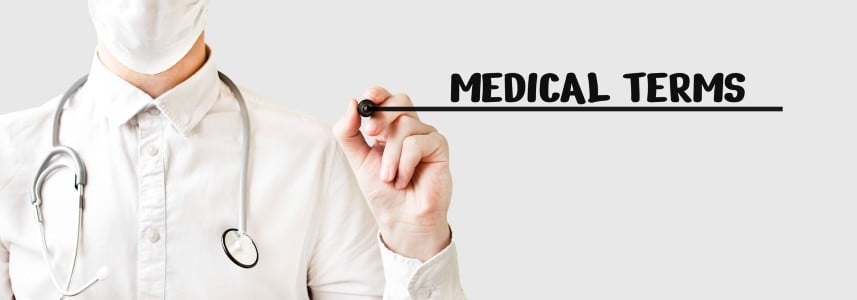About The Drug Neosalus Cream aka Neosalus Hydrating Topical Cream

Find Neosalus Cream side effects, uses, warnings, interactions and indications. Neosalus Cream is also known as Neosalus Hydrating Topical Cream.
Neosalus Cream

| About Neosalus Cream aka Neosalus Hydrating Topical Cream |
|---|
What's The Definition Of The Medical Condition Neosalus Cream?Clinical Pharmacology CLINICAL PHARMACOLOGY No information provided.
Drug Description NEOSALUS CREAM Hydrating Topical Cream For Topical Dermatological Use Only Prescription Medical Device Caution: Federal Law restricts this device to sale by, or on the order of a licensed healthcare practitioner.
DESCRIPTION NEOSALUS CREAM is a fragrance-free, non-comedogenic water soluble dressing formulated for the management of various types of dermatoses, including atopic dermatitis and allergic contact dermatitis.
Ingredients Carbomer, dimethicone, ethylparaben, glycerin, methylparaben, phenoxyethanol, polysorbate 20, povidone, propylene glycol, propylparaben, purified water, sodium hydroxide, stearic acid, trolamine.
Indications & Dosage INDICATIONS NEOSALUS FOAM is indicated for management and relief of irritation experienced with various types of dermatoses, including atopic dermatitis and allergic contact dermatitis.
DOSAGE AND ADMINISTRATION Directions For Use Apply to affected area three times a day unless otherwise directed by a prescribing healthcare practitioner.
NEOSALUS FOAM should be rubbed gently into the skin until it is completely absorbed.
Follow these important directions to ensure proper foaming and maximum delivery of product: Shake canister vigorously before each use.
Turn upside down (nozzle down) to dispense.
Depress ridged portion of dispenser, as illustrated at right.
HOW SUPPLIED NEOSALUS FOAM is supplied in a 200 gram aerosolized canister bearing the NDC Number 23710-000-02, a 70 gram aerosolized canister bearing the NDC Number 23710-000-70, and a 10 gram aerosolized canister bearing the NDC Number 23710-000-01.
Store at controlled room temperature 15° to 25°C (59° to 77°F).
Contains flammable materials.
Contents under pressure.
Do not puncture and/or incinerate the containers.
Do not expose to temperatures over 120°F (48°C) even when empty Manufactured for : Quinnova Pharmaceuticals LLC., Jamison, PA 18929 (877) 660-6263.
Revised: Jan 2013
Medication Guide PATIENT INFORMATION Directions For Use Apply to affected area three times a day unless otherwise directed by a prescribing healthcare practitioner.
NEOSALUS FOAM should be rubbed gently into the skin until it is completely absorbed.
Follow these important directions to ensure proper foaming and maximum delivery of product: Shake canister vigorously before each use.
Turn upside down (nozzle down) to dispense.
Depress ridged portion of dispenser, as illustrated at right.
Overdosage & Contraindications OVERDOSE No information provided.
CONTRAINDICATIONS Known hypersensitivity to any of the NEOSALUS FOAM ingredients.
Side Effects & Drug Interactions SIDE EFFECTS No information provided.
DRUG INTERACTIONS No information provided.
Warnings & Precautions WARNINGS No information provided.
PRECAUTIONS NEOSALUS FOAM is to be used only as directed by a healthcare practitioner.
It should not be used to treat any condition other than that for which it is prescribed.
For external use only.
Avoid contact with the eyes, lips, and other mucous membranes.
Exposure of the eye to NEOSALUS FOAM may result in reactions such as stinging and ocular irritation.
If a reaction to NEOSALUS FOAM suggesting sensitivity or chemical irritation occurs, use of the medication should be discontinued and the prescribing healthcare practitioner consulted.
This product provides no sunscreen protection.
Use of sunscreen products and protective clothing over treated areas is recommended when exposure cannot be avoided.
Certain temporary symptoms such as erythema, dryness, scaling, burning or pruritus may be experienced.
These are most likely to occur during the first two to four weeks and will usually lessen with continued use of the medication.
Depending upon the severity of the reaction patients should be instructed to reduce the frequency of application or discontinue use and to contact their prescribing healthcare practitioner.
KEEP THIS AND OTHER MEDICATIONS OUT OF THE REACH OF CHILDREN.
|
More Medical Conditions
A | B | C | D | E | F | G | H | I | J | K | L | M | N | O | P | Q | R | S | T | U | V | W | X | Y | Z
Medical Conditions Definitions Of The Day
- Neoplasms, Intracranial ‐ Neoplasms of the intracranial components of the central nervous…
- Aujeszky Disease Virus ‐ A species of VARICELLOVIRUS producing a respiratory infection…
- Syndrome, Marchiafava-Micheli ‐ Disorder characterized by intravascular hemolysis and hemoglobinuria.…
- Hydrochloride, Methamphetamine ‐ A central nervous system stimulant and sympathomimetic with actions…
- Tumor, Medullary ‐ Benign and malignant intra-axial tumors of the MESENCEPHALON;…
- Massages, Heart ‐ Rhythmic compression of the heart by pressure applied manually…
- Proximal Renal Tubular Dysfunction ‐ Constellation of clinical and laboratory manifestations produced…
- Bite Force ‐ The force applied by the masticatory muscles in dental…
- HMSN Type IIs ‐ A hereditary motor and sensory neuropathy transmitted most often…
- Drug Recall ‐ Control of drug and narcotic use by international agreement,…